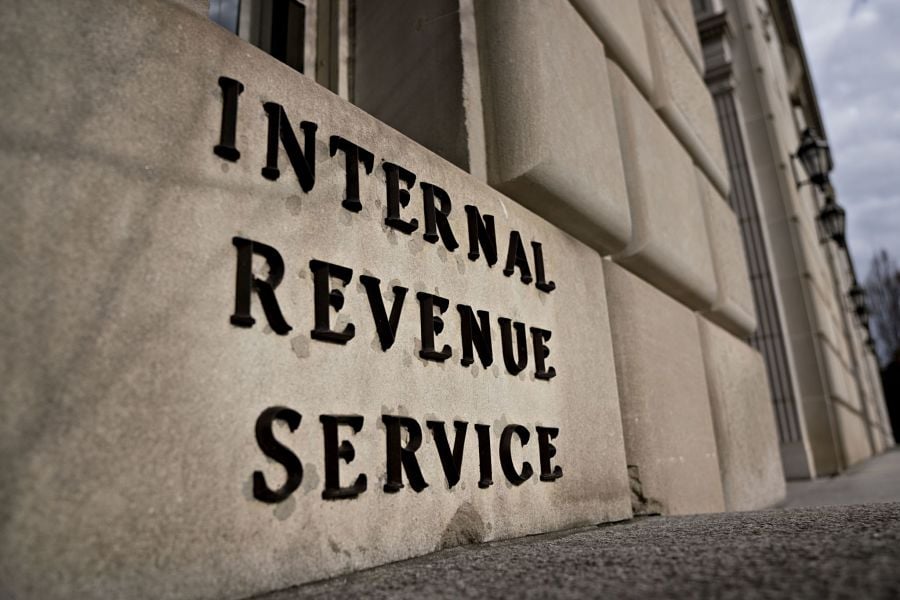

See Ed Slott's April 28 update to this article here.
In late March, IRS released IRS Publication 590-B, which contains the tax rules on withdrawing funds from individual retirement accounts. Normally this is a wrap-up of rules to use as guidance in preparing tax returns. But not this time. In this new 2021 version, updated on March 25, the IRS included explained how the SECURE Act rules would work for post-death distributions to IRA beneficiaries — and the rules are not what anyone thought they would be.
One of the big changes in the SECURE Act was the elimination of the stretch IRA for most non-spouse beneficiaries. It was replaced with the “10-year rule,” which says the inherited IRA (or Roth IRA) funds must be withdrawn by the end of the 10-year period after the death of the IRA owner.
This 10-year rule applies to non-spouse designated beneficiaries (individuals like children and grandchildren) who were named on the IRA beneficiary form. Eligible designated beneficiaries, or EDBs, are exempt and can still use the stretch IRA as before: This group includes the spouse, certain minor children of the deceased IRA owner or plan participant, the disabled and chronically ill, and beneficiaries who are not more than 10 years younger than the deceased IRA owner.
These SECURE Act rules have been effective since the beginning of 2020, so some clients may have already died, and their beneficiaries are now subject to these rules.
Virtually all commentators, including myself, thought the 10-year rule meant that the inherited account would have to be emptied by the end of the 10-year period after the death, but that no distributions would be required in years one to nine, which is the way the five-year rule works. (The five-year rule is used under a different scenario, when there is no designated beneficiary and the IRA owner dies before the required beginning date for required RMDs at age 72.) There would only be one required minimum distribution, and that was the balance in the inherited account at the end of the 10 years.
This would provide planning flexibility in years one to nine, allowing distributions to be adjusted to tax brackets in those years. This was also a benefit for inherited Roth IRAs, where nothing would have to be withdrawn from the inherited Roth IRA until the end of the 10th year after the death, allowing 10 years of tax-free buildup before the Roth funds would have to be withdrawn.
But in a shocker, IRS Publication 590-B says otherwise. Pages 11 and 12 provide an explanation and an example showing that beneficiaries would be subject to RMDs each year (as under the pre-SECURE Act rules) for years one through nine, and then the balance must be withdrawn in year 10. No one saw that coming! This doesn't go along with the SECURE Act rules and committee reports, which seemed to indicate that the new 10-year rule would work like the old pre-SECURE Act five-year rule, with no annual distributions required.
This unexpected interpretation would be a more of a nuisance than a tax problem since most RMDs in the first years (in this case, years one through nine) are smaller. It’s more of an administrative and complexity problem.
With the 10-year rule, there was no issue of looking up life expectancies of beneficiaries or worrying about which age or factor should be used to calculate the RMD, since the funds simply had to be withdrawn in full by the end of the 10 years. But apparently now, these RMD issues all return, but only for years one through nine, like a mini-stretch IRA. What’s the point here? Many trusts too, will have to distribute smaller RMDs in years one through nine and then the remaining balance in year 10.
The IRS also states that eligible designated beneficiaries can elect the 10-year rule in lieu of the stretch IRA but only if the death occurs before the required beginning date. That’s also strange and I don’t know where in the SECURE Act that rule came from.
But under this new IRS interpretation requiring RMDs in years one through nine, who would ever want to elect the 10-year rule? No one. Not if RMDs are required each year (for years one through nine) anyway.
If this is truly the way the post-death 10-year rule works, then some beneficiaries who inherited in 2020 will already be subject to 2021 RMDs that will need to be calculated (including RMDs for trust beneficiaries — and trustees will need to know how to proceed).
That said, I would urge all beneficiaries subject to the 10-year rule to hold off on taking any RMDs this year until we are sure of the rules.
IRS has not yet released official regulations. Plus there will be a comment period, and this could all change. So wait until we have this 10-year rule issue resolved with certainty. In other words — stay tuned. We have not heard the last on this.
For more information on Ed Slott and Ed Slott’s 2-Day IRA Workshop, please visit www.IRAhelp.com

Relationships are key to our business but advisors are often slow to engage in specific activities designed to foster them.

Whichever path you go down, act now while you're still in control.

Pro-bitcoin professionals, however, say the cryptocurrency has ushered in change.

“LPL has evolved significantly over the last decade and still wants to scale up,” says one industry executive.

Survey findings from the Nationwide Retirement Institute offers pearls of planning wisdom from 60- to 65-year-olds, as well as insights into concerns.
Streamline your outreach with Aidentified's AI-driven solutions
This season’s market volatility: Positioning for rate relief, income growth and the AI rebound
